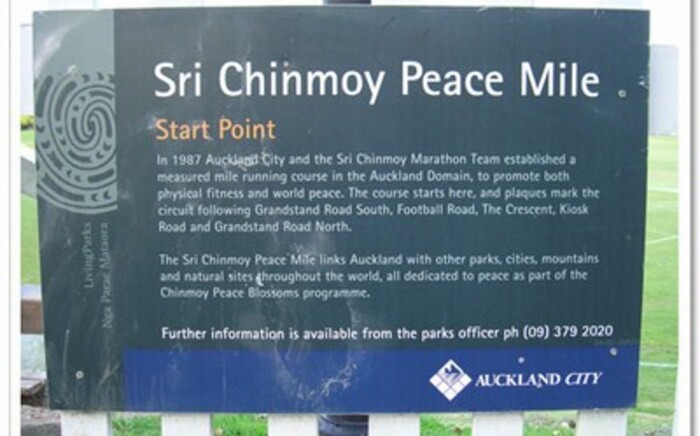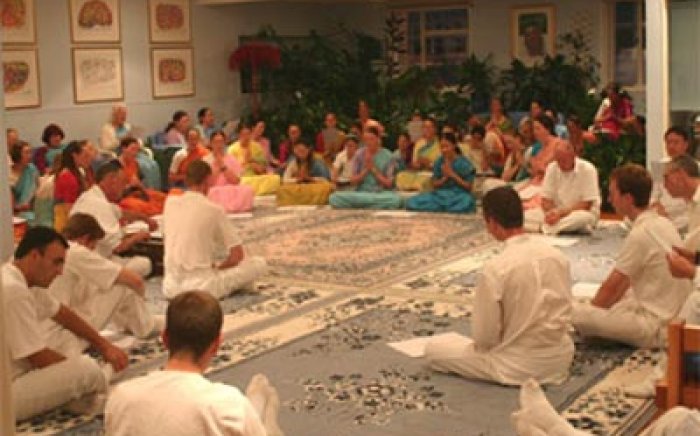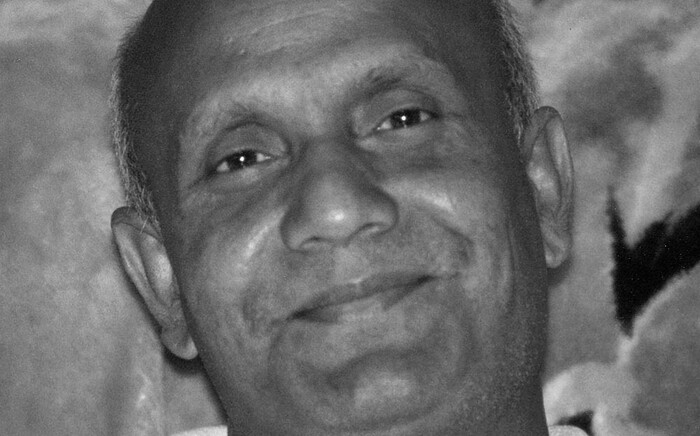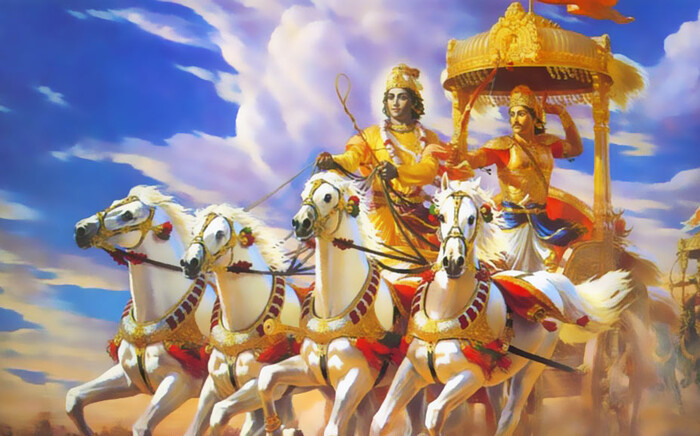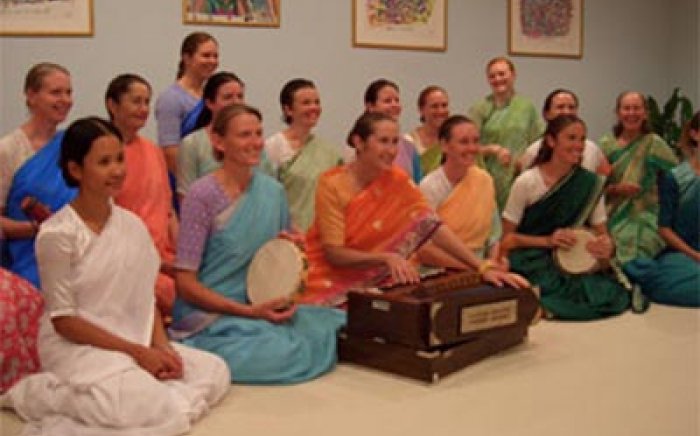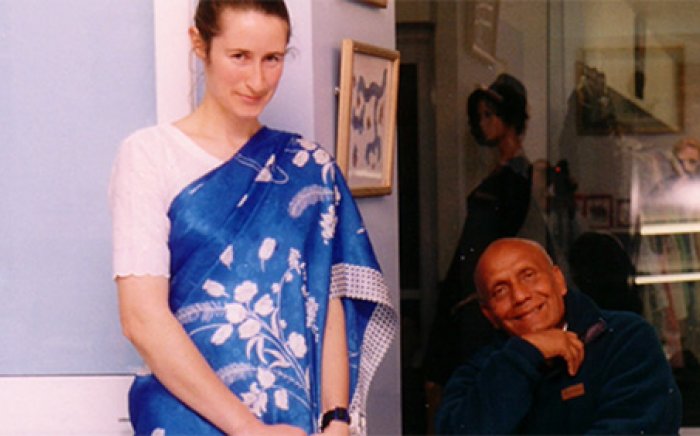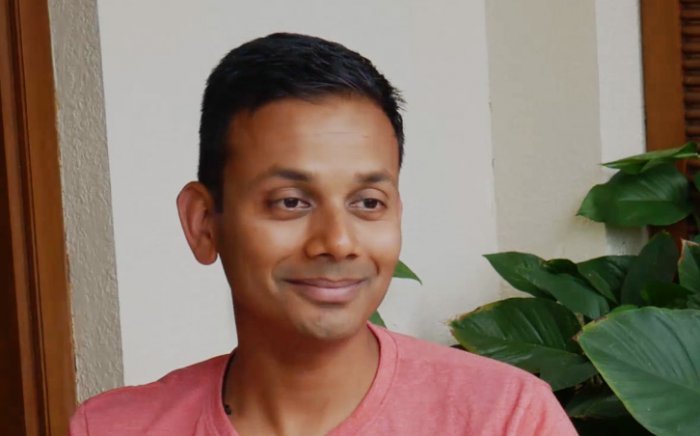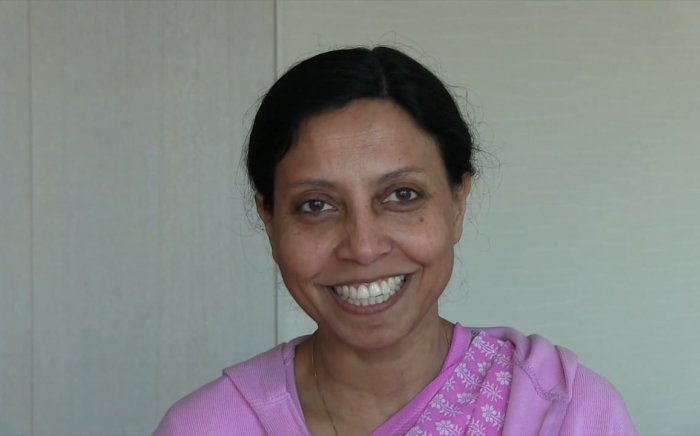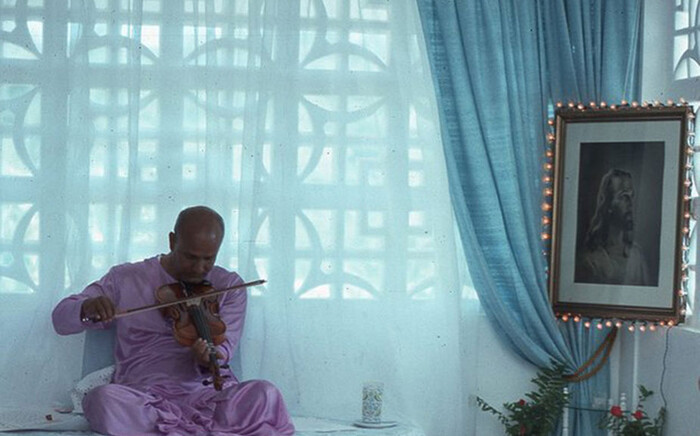Europeans and North Americans are often startled by the winter in New Zealand. Compared with their own absurdly cold season, the New Zealand winter is mildness itself. However, in the northern hemisphere highly efficient insulation and heating systems mean that people relax in comfort as the snow piles up outside. New Zealand houses, on the other hand, are made of wood, have no insulation and no particularly adequate means of heating. Visitors from the north thus find that though the outside temperature is much warmer than they are used to, they themselves freeze all winter.
On Sundays in winter when I was growing up, Dad would light the fire in the lounge when we got home from Mass. The lounge was never used on other days. By about mid-afternoon the room would get pleasantly warm, and by bed-time one was so warm that it was a shock to creak up the stairs to an icy bed.
On that day of rest the whole family spent most of the day in that room. Dad would play classical music on the stereo (one might manage to slip on a Split Enz album occasionally as long as it wasn’t too boisterous), people would read, people would talk, one would lie on the floor doing one's homework. It was warm, it was soporific. Outside, the rain poured down, or the bleak wind blew. At 5 o’clock, well muffled up, I would dash out into the falling gloom to feed the hens - ‘bring some more logs when you come’.
What delight to come back to a crackling fire! There is no doubt but that an open fire is a very inefficient means of heating - most of the heat, they say, goes straight up the chimney - but what can compare with the appeal of those dancing flames in the grate? A million years of human history defines this as the experience of home. To gather round the fire is to be home; those around the hearth are your kin; this is the family; this is where there is safety and warmth and companionship and where life is lived.
It is in such a place that one absorbs the values and spirit that give value to human life. Did I ever make jigsaw puzzles on the floor with my sister, did I ever sit there while my brother read aloud to me, did we fight, did all eight of us pray together in the evening as the logs settled in the grate?
How many learned essays did I write in my years at university slouched in a big armchair in the lounge on a Sunday afternoon, my feet up on the end of the mantelpiece beside the little brass candlestick that some distant relative had brought back to New Zealand from their days as a missionary in China, the fire gently cooking the backs of my legs as I scribbled away about pre-Socratic philosophy or ‘the gates of ijtihad’ in Shiite Islam in relationship to Ayatollah Khomeini?
It was on those endless dreamy Sunday afternoons in winter that I first read the Bhagavad Gita. How captivated I was by it! I remember my delight at reading also the Tao Te Ching on those afternoons: ‘Rels. 101’ revealing to me the insights of India and China. . . . “the Tao that can be named is not the real Tao. . .”
How those strange Taoist ideas appealed to me!
“. . . Bring the common people back to keeping their records with knotted string,
To relishing their food,
To finding beauty in their garments,
To enjoying their customs,
And to finding security in their homes.
Although your neighboring states are within eyesight
And the sounds of their dogs and cocks are within earshot,
Your people will grow old and die without having anything to do with them.”
How could I have imagined as I read those word of the Tao Te Ching in front to the fire on a dreary winter’s afternoon in New Zealand, that on a biting cold winter’s day twenty-two years later I would stand beneath a bare and shattered tree planted by Lao Tzu himself in the grounds of the temple where he began his teaching.
The winter in central China is considerably more akin to that in Europe and North America than that of New Zealand. Chinese building standards, on the other hand, are much closer to the slap-happy standards of New Zealand. The worst of both worlds one might say. Thus it was that I sat in the restaurant in Shaanxi Province with my thick coat on and my hat pulled down firmly over my ears eating my rice before heading down to the Lao Tzu temple.

After the bustle of Xi’an, the village where the temple was situated seemed delightfully silent, and indeed ‘Taoist’, in its simplicity. The occasional motorbike or bicycle loaded down with goods would pass, a few children wandered by.
Inside the temple grounds the snow lay in drifts along the paths and clung to the sweeping contours of the pagoda roof.
The temple buildings were bright and freshly painted; the Taoist monks, young and equally fresh looking.
I climbed the pagoda and looked out past the ornate ornamentation, across the grounds of the temple and out over the surrounding countryside. Perhaps Lao Tzu would have approved - the neighbours were not even visible, disappearing into the ubiquitous grime - the mixture of industrial pollution and dust from desiccated provinces further west that characterises the area even this far from a major city. Even the mountain - home of the fearsome Takin - enormous muscled nimble golden goats - was only just visible - a faint outline through the haze. China’s headlong rush into the modern world was taking its toll.
Perhaps here, where wise men of old had forged a way of life and a view of the world in the face of the catastrophic ‘warring states’ period of Chinese history, some insights could be found to balance between China’s ancient wisdom and modern progress.

The tree, planted by Lao Tzu some twenty-five centuries before, stood a distance from the first building of the temple complex. It was obviously old; it was more than hollow - it was practically nonexistent: disconnected fragments of trunk, a few branches held up by props.
There are those academics who will tell you authoritatively that Lao Tzu never existed. And who are we to argue with the learned pronouncements of the educated mind? Let us humbly concede that the man was a figment of the imagination of a later age. Let us bow before the botanists who tell us that such a tree cannot still stand.
And yet . . . still I touch the tree with reverence.
As I read years ago on a drowsy Sunday afternoon. . .
“The life-force of the valley never dies -
This is called the dark female.
The gateway of the dark female -
this is called the root of the world.
Wispy and delicate, it only seems to be there,
Yet its productivity is bottomless.”

Other articles about my trip to China:
- East meets West
- The Takin




